There's a lot to consider before bringing your new pet home: whether it will pee all over the house, tear up furniture, or howl at three in the morning. If you already have a dog, then one thing must definitely be considered. How do you go about properly introducing dogs to other dogs? Whatever the situation, we're here to make sure that introducing dogs to each other is an enjoyable experience for all involved.
How to Introduce Dogs to Each Other
Even if your pet tends to be reserved and quiet, social interaction is still essential. Just because two breeds don't have the exact same personality doesn't mean they won't like each other. Now that we're ready, let's figure out how to get dogs to get along. Remember to supervise the interaction, paying close attention to body language when introducing dogs.
- First, let the dogs sniff each other while leashed to ensure there is no negative outbursts. When dogs meet for the first time, it can be a good idea to take them both on a walk. This is because dogs are territorial and can feel threatened by a new dog on their turf. Neutral territory and some space apart (roughly 10 feet) can allow two pets to become used to each other's presence without invading each other's domains.
- Once they've gotten a feel for each other, it's time to mingle. Keep the territory neutral and the space confined (a tennis court or fenced park).
- Don't try to force the newly introduced dogs to go near each other if they're keeping their distance. Let them set the pace, especially the resident dog, as comfort is critical in this situation.
- If you're bringing a new pet home, try keeping them separated with a gate when you're not able to supervise.
- Continue to positively reinforce their sociability with treats, like sweet potatoes, and have patience. Just because the two dogs are getting along one day doesn't mean they won't begin to distrust or aggravate each other the next. Slow down their interaction as needed, and eventually, they will feel comfortable enough around each other to the point that they share food bowls.

You may still be wondering how to introduce new dogs to one another without having to go through a lot of trouble. If you don't have the time to wait for your dog to become comfortable on a walk, you can offer guidance to speed things along:
- First, put each pet on a loose leash, as a tight lead may cause them to think you are anxious or fearful.
- Walk the canines in a straight line, one after the other. This practice allows each animal to sniff the other's behind, which is a common sight when you see dogs interact.
- Once each pet has had a turn in front, walk them side by side with some space between them. Ideally, both dogs will begin to feel comfortable around one another.
- Start over if there is any lunging or snapping. If the dogs repeatedly try to fight each other, professional intervention or training might be necessary.
Related: Expert Tips for Ensuring Your Dog Walks Are Trouble-Free
Warning Signs When Introducing Dogs
If their body language includes teeth-baring, long stares, stiff legs, growling, or nipping, you may be introducing a new dog to a jealous dog. Growling may be playful, so you should only intervene if your dog is also displaying other signs of distress in addition to growling. When the newly introduced canines are relaxed and amicable, offer treats to associate this behavior with a reward. If things are getting aggressive, calmly take your pet away from the new dog.
Roughhousing is common for canines, but just because they're enjoying themselves doesn't mean they're being safe. Overexcitement might lead to aggression if one dog thinks the other has gone too far. If play-fighting becomes more intense, or there's aggression in one dog's body language, they may need to take a break.

Positive Signs When Introducing Dogs
Perhaps the most universal signs of a happy canine is a big, open-mouthed grin and a wagging tail. This is often paired with hyper, bouncy movements, rather than the stiff body of an upset dog. Many pets will also do the "downward dog" position when they're enjoying themselves (front end down, rear in the air). This movement involves patting the ground with their paws repeatedly to signal that they're ready to play. Another positive sign is the dog lying on its back, exposing its belly for rubbing.
Related Article: How to Calm a Hyper Dog [5 Natural & Effective Methods]
Do Dogs Naturally Get Along?
Yes! Have you ever wondered why there are more dog parks than cat parks? Well, it's because dogs are naturally more social animals! They love being around others and may often whine when left alone. However, on occasion, a dog's initial meeting with other dogs can be difficult. Dogs may take on a more aggressive demeanor if they feel another dog is intruding on their territory, their family is under attack, or if they just flat-out do not care for a strange new pooch.

Do Adult Dogs Get Along With Puppies?
Yes, but they may require extra supervision. Nipping, growling, or physical dominance may be the older dog's response to over-eager puppies, but it's generally best to let the dogs sort it out instead of learning how to introduce a puppy to an older dog. It is an opportunity for an older member of the same species to correct the little rascal, which can help the puppy's behavioral development.
Regardless of age, it is not a good idea to introduce your pet to a new dog and leave them alone. This is especially true for puppies because they may be too clumsy or energetic to understand when they're going too far. An older canine may just be trying to discipline the young dog, but it's best to be present to reduce the chances of rowdy behaviors escalating.

Final Thoughts
When introducing dogs, always keep in mind that each canine is unique. It can be hard to predict what will or won't rub each pet the wrong way. Do they growl at the same sex, nip at a certain breed, or shy away from larger dogs? Getting to know your pet's personality and preferences will make their social lives even better. Start setting some play-dates, go in with a plan, and your dog will be the most popular pooch around in no time.



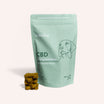


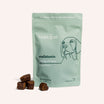
![Probiotics For Dogs [Soft Chews] - HolistaPet](http://www.holistapet.com/cdn/shop/files/Probiotic-Infographic-1_472d7a29-e30c-435a-9638-1365d8c3a9f9.jpg?v=1725384841&width=104)
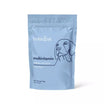







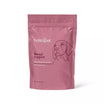
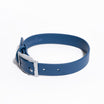
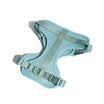
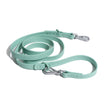
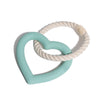
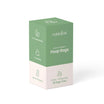
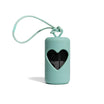
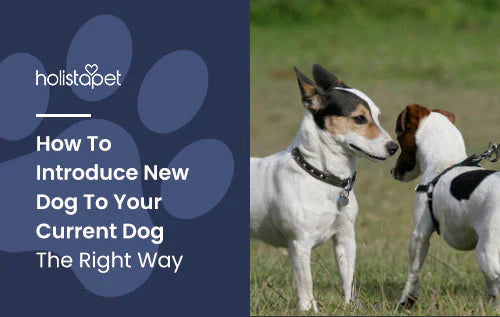
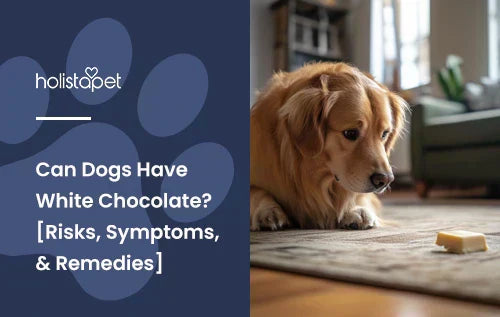
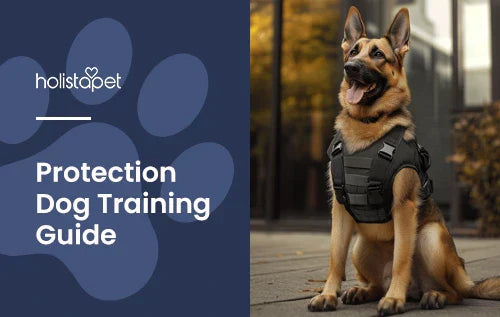
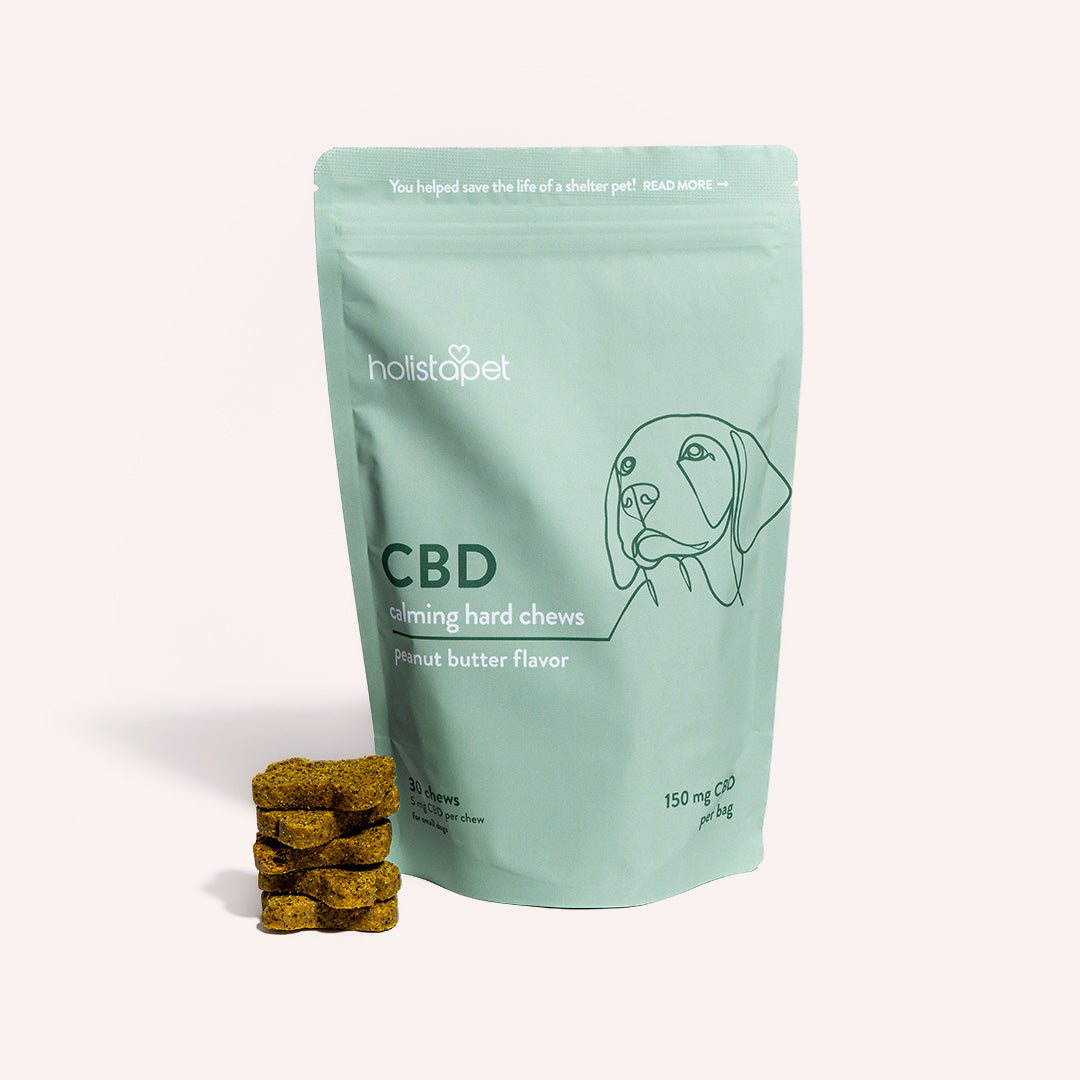


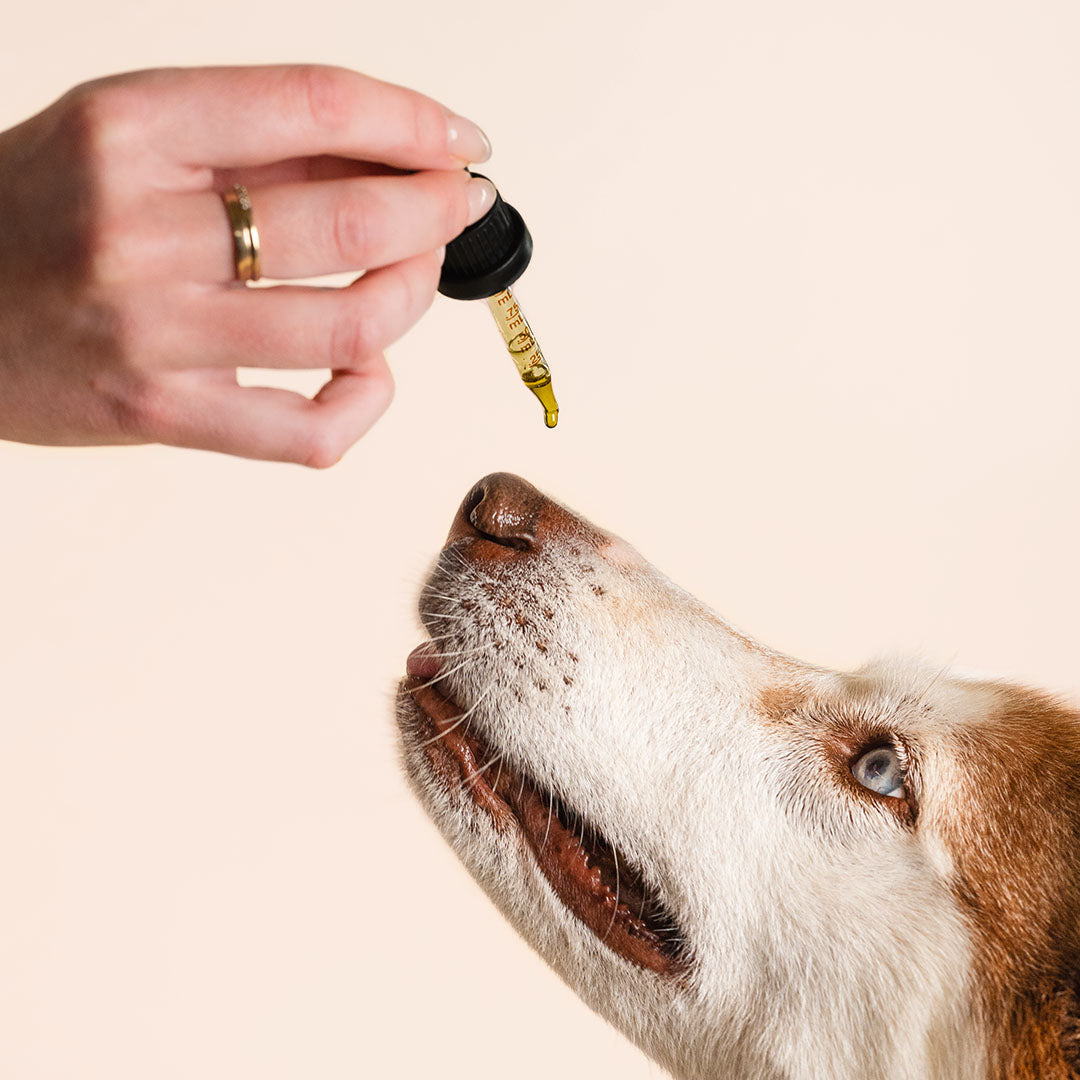


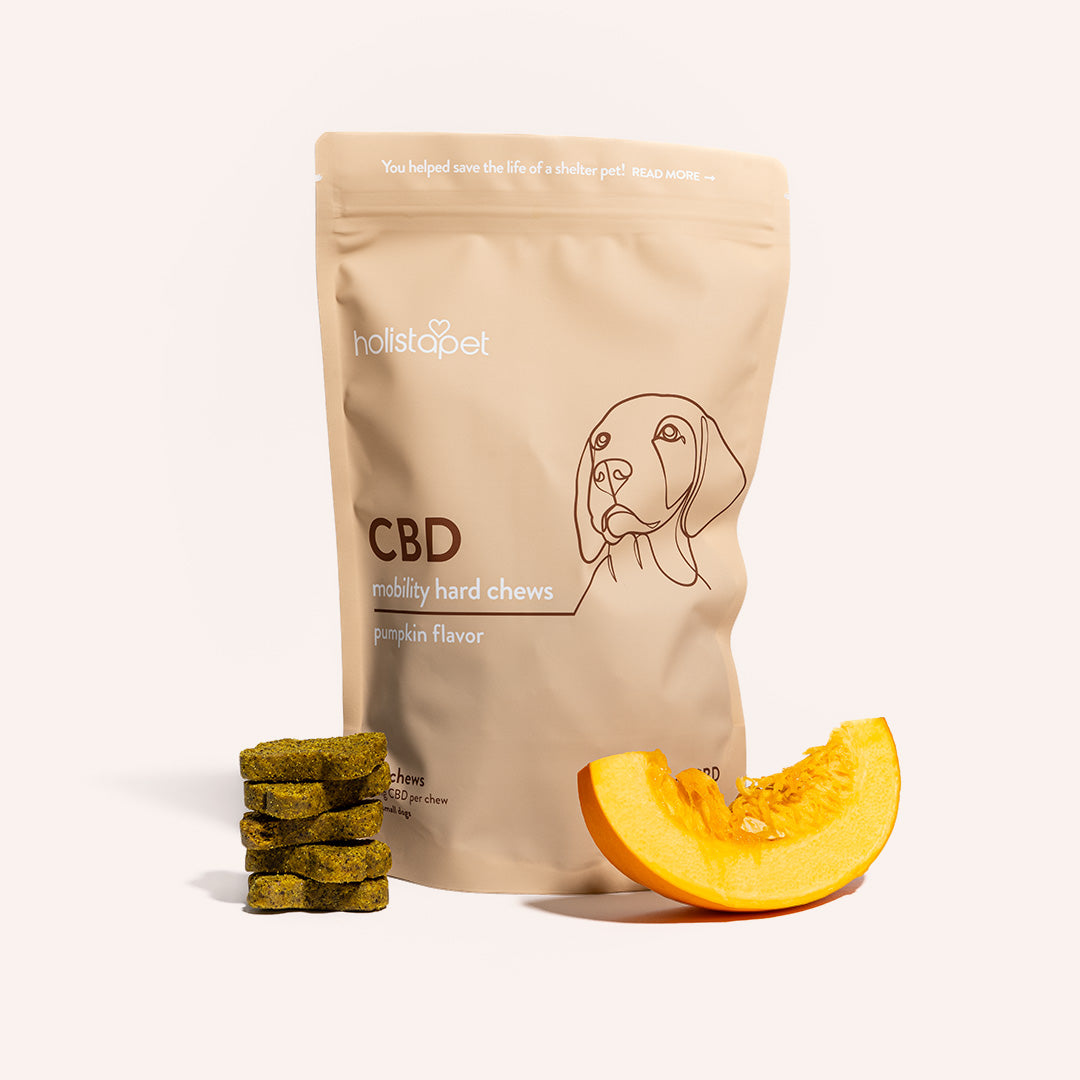


Leave a comment
All comments are moderated before being published.
This site is protected by hCaptcha and the hCaptcha Privacy Policy and Terms of Service apply.